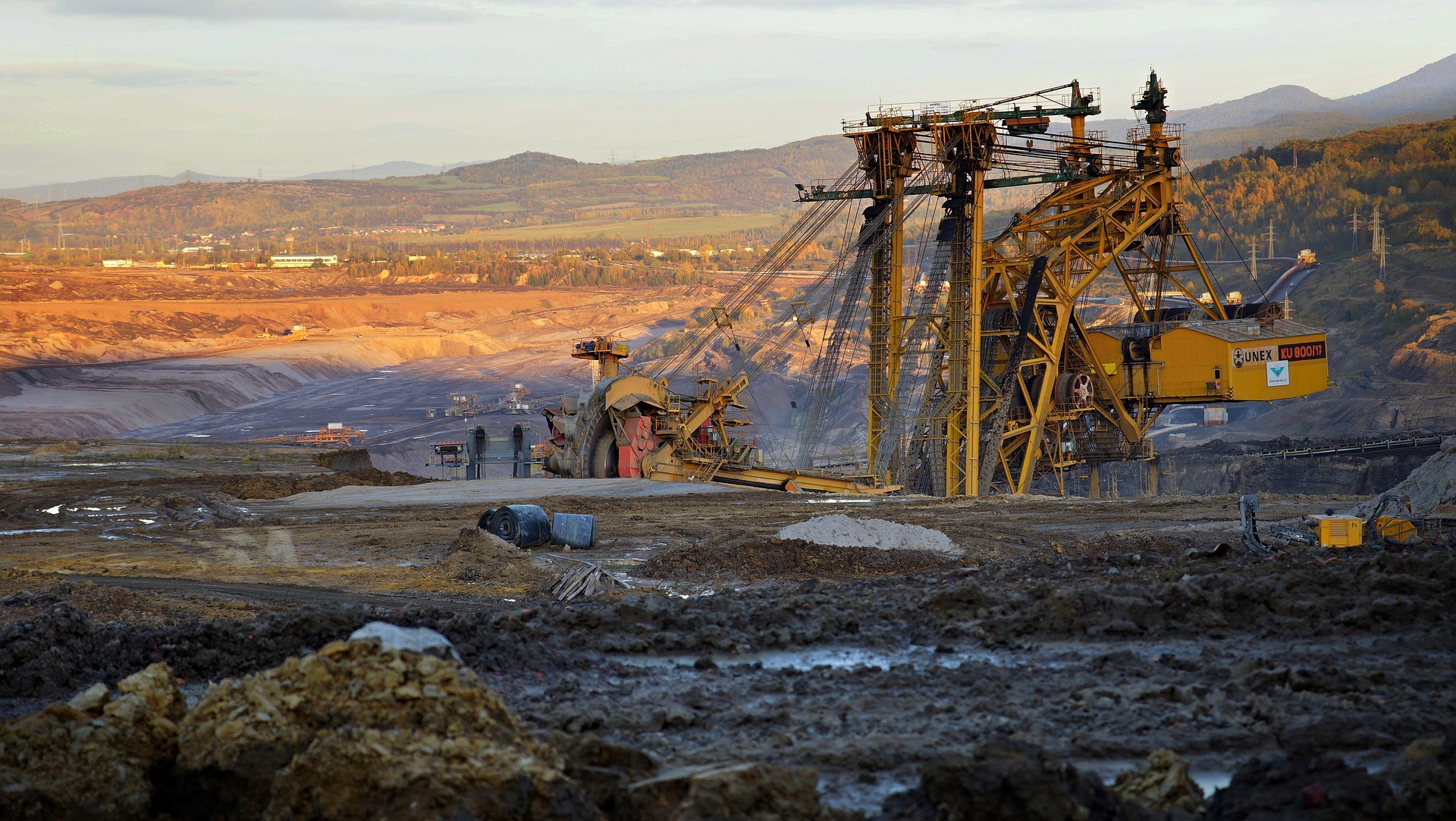Gold Mining Jobs: Roles, Skills, and Career Pathways
Gold mining jobs cover a broad range of activities from finding ore to processing and environmental management. People interested in a mining career should understand the types of minerals commonly associated with gold deposits, the methods used for extraction, and the range of roles available on and off site. This article outlines practical information about the work, typical responsibilities, and ways to build a sustainable career in the sector.

Minerals recovered in gold mining
Gold is typically found alongside other minerals and host rocks that affect how deposits are mined and processed. Common associated minerals include quartz, pyrite, arsenopyrite, and various sulfides; placer gold is found with sand and gravel in riverbeds. Understanding the mineralogy of a deposit helps geologists and metallurgists choose appropriate sampling, processing, and environmental controls. Careers that focus on mineral identification include geologists, mineralogists, and laboratory technicians who analyze ore samples and advise on recovery strategies.
Geological work also supports permitting and reclamation planning because the presence of certain minerals can influence water chemistry and tailings management. Those entering the field benefit from basic training in mineral identification, mapping, and the use of portable analytical tools such as XRF analyzers or hand lenses. Field experience paired with academic training helps signal readiness for technical roles.
What does extraction involve in mining?
Extraction in gold mining refers to the techniques used to remove ore from the ground and to recover gold from that ore. Common extraction methods include open-pit mining, underground mining, and placer mining for alluvial deposits. Processing techniques vary and can include gravity separation, flotation, and chemical leaching (such as cyanide leaching) depending on ore type and regulatory considerations. Each method involves distinct operational roles and safety practices.
Extraction workflows require coordination between drilling and blasting crews, haulage and hauling equipment operators, processing plant teams, and environmental monitoring staff. Employers typically emphasize permit compliance, waste management, and water treatment as part of extraction operations. Practical exposure to standard operating procedures and safety protocols is often necessary before taking on hands-on extraction roles.
Roles within gold mining jobs
Mining operations employ a wide range of roles that can suit different skills and education levels. Common positions on-site include drill operators, equipment operators, underground miners, mill operators, metallurgists, processing technicians, surveyors, and maintenance mechanics. Off-site and corporate roles include mine planners, environmental specialists, health and safety officers, procurement, and community relations staff.
Entry-level roles may involve physical fieldwork, while technical or managerial positions typically require formal training or university degrees. Many operations also rely on contractors for specific services such as drilling, blasting, and heavy services. Understanding the scope of roles helps candidates match their current skills and training goals to realistic job opportunities in the industry.
Skills for a mining jobs career
A successful mining career combines technical skills, safety awareness, and interpersonal abilities. Technical skills often sought by employers include equipment operation, basic mechanical troubleshooting, mineral processing knowledge, and familiarity with industry software for mapping and planning. Safety certifications, first aid training, and experience with confined-space and rescue procedures are frequently required or strongly preferred.
Soft skills such as teamwork, communication, problem-solving, and adaptability are important because work often involves shift schedules, remote sites, and multidisciplinary teams. Continuous learning—through apprenticeships, vocational courses, or on-the-job training—helps workers progress from entry-level roles to specialized technical or supervisory positions. Many workers also obtain trade certificates or vocational diplomas to expand opportunities.
Career paths and local services
Career progression in gold mining can move from entry-level field roles to supervisory, technical, or corporate positions. Common pathways include operator to supervisor to operations manager, or lab technician to metallurgist to process manager. Alternative paths lead into environmental compliance, health and safety, or community relations. Transitioning between roles often requires additional training, certifications, or experience in project management and regulatory processes.
For those seeking training or local services, look for vocational schools, trade colleges, industry training centers, and licensed recruitment agencies in your area that specialize in mining placements. Unions and industry associations can provide information on apprenticeships, certification programs, and safety courses. Networking with professionals at conferences, job fairs, or community outreach events helps identify practical opportunities and local service providers.
Conclusion
Gold mining jobs encompass a diverse set of functions from geological exploration and minerals recovery to extraction, processing, and environmental stewardship. Building a career in this sector involves understanding the minerals involved, gaining practical extraction experience, developing technical and safety skills, and using local training and recruitment services. With planning and targeted training, workers can find roles that match their interests and progress into more specialized or managerial positions over time.






